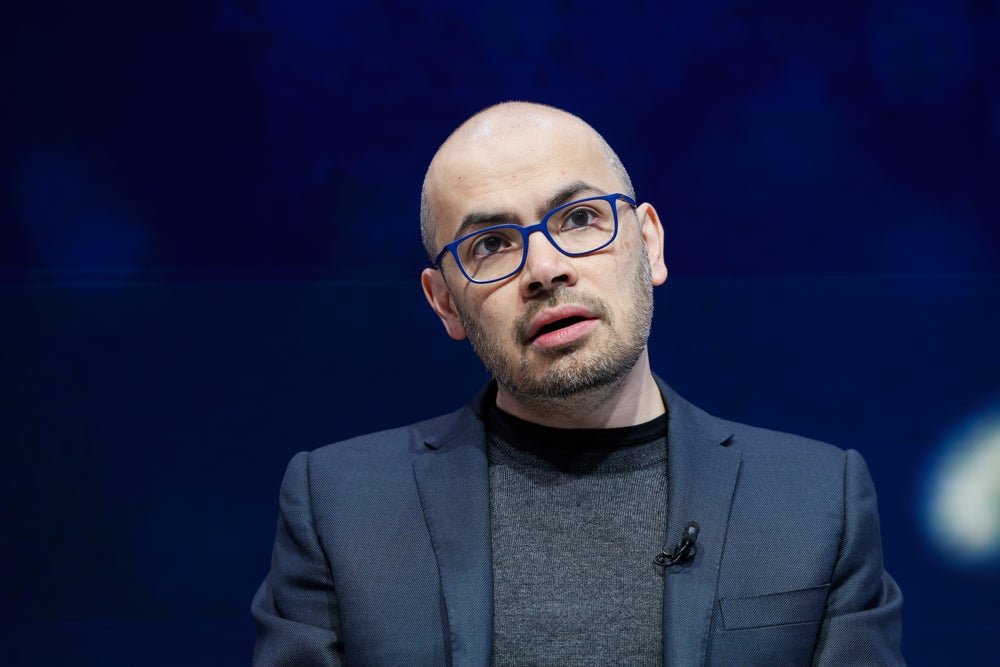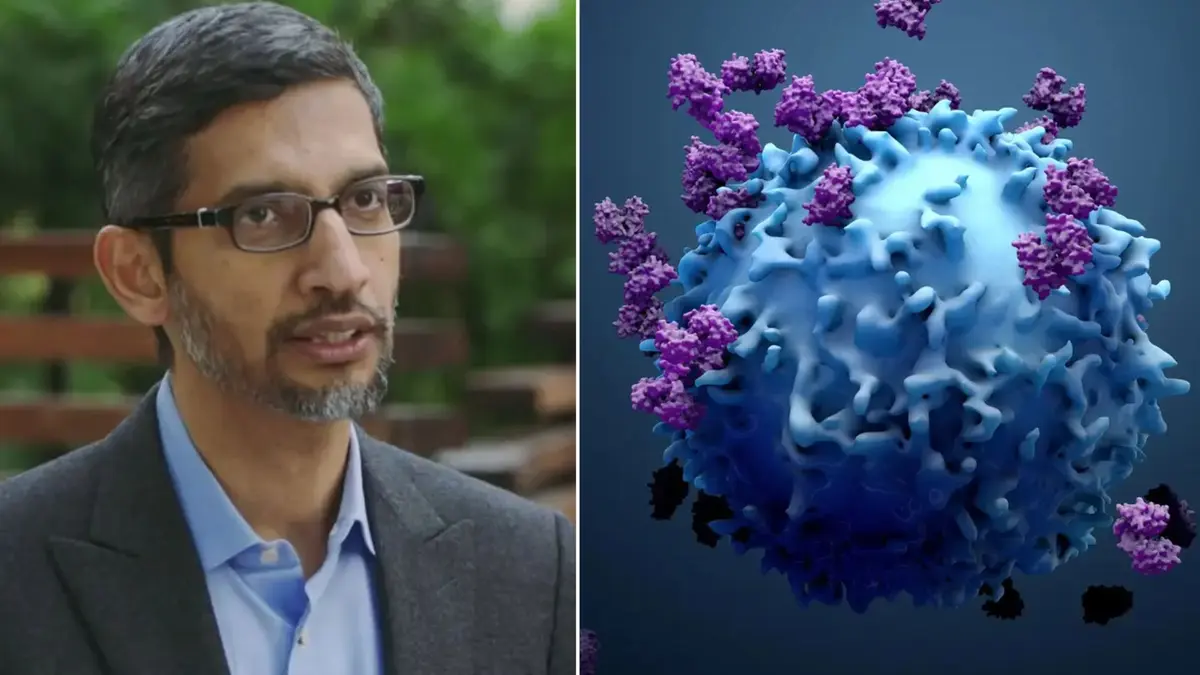Introduction
OpenAI has added another high-profile domain to its digital portfolio with the recent acquisition of Chat.com, redirecting the iconic website to its popular AI chatbot, ChatGPT. This move is significant, not only because of Chat.com’s history as one of the web’s earliest domains but also because it highlights OpenAI’s efforts to make its flagship chatbot more recognizable and accessible to a broader audience.
The acquisition, though rumored to have cost upwards of $15 million, remains shrouded in mystery, as OpenAI has declined to disclose the exact price or strategic motives. While OpenAI has yet to integrate Chat.com as a standalone brand, the high-profile domain acquisition suggests an evolving approach to connecting users with AI technology.
— Sam Altman (@sama) November 6, 2024
Background of Chat.com and Its Acquisition History
Originally registered in 1996, Chat.com has long held value as a premium domain, particularly attractive due to the simple yet powerful “Chat” keyword. In 2023, it was acquired by Dharmesh Shah, co-founder and CTO of HubSpot, for an impressive $15.5 million, marking it as one of the most expensive publicly recorded domain purchases. Shah hinted earlier this year that he had sold the domain to an undisclosed buyer, which spurred industry speculation. In a post on X (formerly Twitter) on November 6, 2024, he confirmed that OpenAI was the buyer, and sources suggest he may have received shares of OpenAI as part of the transaction.
The move builds on OpenAI’s growing collection of high-impact domain names. The company already owns other prominent domains, including ChatGPT.com and AI.com, which both lead users to ChatGPT, reinforcing its brand visibility.
Chat.com Redirects to ChatGPT – A Brand Extension, Not a Replacement
Upon acquisition, OpenAI immediately redirected Chat.com to ChatGPT’s main page. While this brings new visibility to ChatGPT, OpenAI has chosen not to rebrand its chatbot as “Chat.com.” Instead, the domain operates as an access point for ChatGPT rather than a distinct brand. This redirection suggests OpenAI’s commitment to retaining the ChatGPT name while leveraging Chat.com’s simplicity and industry presence to drive more traffic to the chatbot.
This strategic positioning could also imply a deliberate choice by OpenAI to use Chat.com as a more memorable gateway for the growing number of ChatGPT users, rather than setting up a separate entity. Sam Altman, OpenAI’s CEO, added to the intrigue with a simple “Chat.com” post on X, without further elaboration.
Expanding ChatGPT’s Accessibility and User Reach
OpenAI’s latest acquisition aligns with its mission to enhance accessibility to AI-powered services. The decision to invest in such a high-value domain underscores OpenAI’s intent to reach a global, tech-savvy audience while promoting ease of access to ChatGPT.
As OpenAI scales its offerings, including recent launches like the “Reasoning o1” model, its domain acquisitions indicate a broader strategy to attract both current and new users. By securing valuable digital assets, OpenAI ensures it can capitalize on direct, easy-to-remember entry points, making ChatGPT accessible to a wider audience while enhancing user engagement.
The acquisition comes at a time when AI is experiencing widespread adoption, and premium domain names offer significant visibility in a crowded market. Owning such a universally applicable domain as Chat.com positions OpenAI to capture users interested in AI-powered chat technology, potentially driving new user engagement for ChatGPT.
Future Implications and Speculation on Chat.com’s Role
The acquisition has stirred conversations among industry insiders about OpenAI’s potential long-term objectives with Chat.com. Although OpenAI hasn’t provided concrete details about its plans, some speculate that the domain could eventually evolve into a broader platform for AI interaction. While ChatGPT remains the focus, the acquisition of such a valuable asset may hint at OpenAI’s future ambitions to expand beyond a single chatbot and into other realms of AI-driven communication.
For now, the redirection of Chat.com to ChatGPT supports OpenAI’s existing brand strategy. However, the potential to develop Chat.com as a distinct hub for interactive AI applications remains. Such an approach would align with OpenAI’s recent emphasis on building safe, powerful, and widely accessible AI tools, contributing to the democratization of AI technology.
OpenAI’s Strategic Shift in the AI Chatbot Ecosystem
This acquisition is part of OpenAI’s larger strategy to dominate the AI chatbot ecosystem. ChatGPT, which has steadily gained market prominence, now has multiple direct URLs, including ChatGPT.com, AI.com, and now Chat.com, all pointing to OpenAI’s services. By obtaining high-value domains, OpenAI strengthens its brand recall, positioning ChatGPT as the go-to AI conversational agent.
While OpenAI remains silent on specific details regarding the acquisition, its strategic domain buys indicate a broader trend toward making AI accessible through familiar, memorable access points. As other tech giants continue to invest in AI, OpenAI’s approach could set a precedent for how companies establish and reinforce brand identity in the AI space.
Conclusion
OpenAI’s acquisition of Chat.com marks a significant move in the AI landscape, highlighting the company’s commitment to accessibility and brand visibility for its AI chatbot. While ChatGPT remains the dominant brand name, Chat.com serves as a powerful digital asset, enhancing OpenAI’s capacity to reach users globally.
As OpenAI continues to innovate and expand its AI models, the strategic use of high-value domains like Chat.com could reinforce its leadership in AI-driven communication. With this acquisition, OpenAI signals that it is not only focused on advancing AI technology but also on redefining how users connect with and utilize AI in everyday life.









